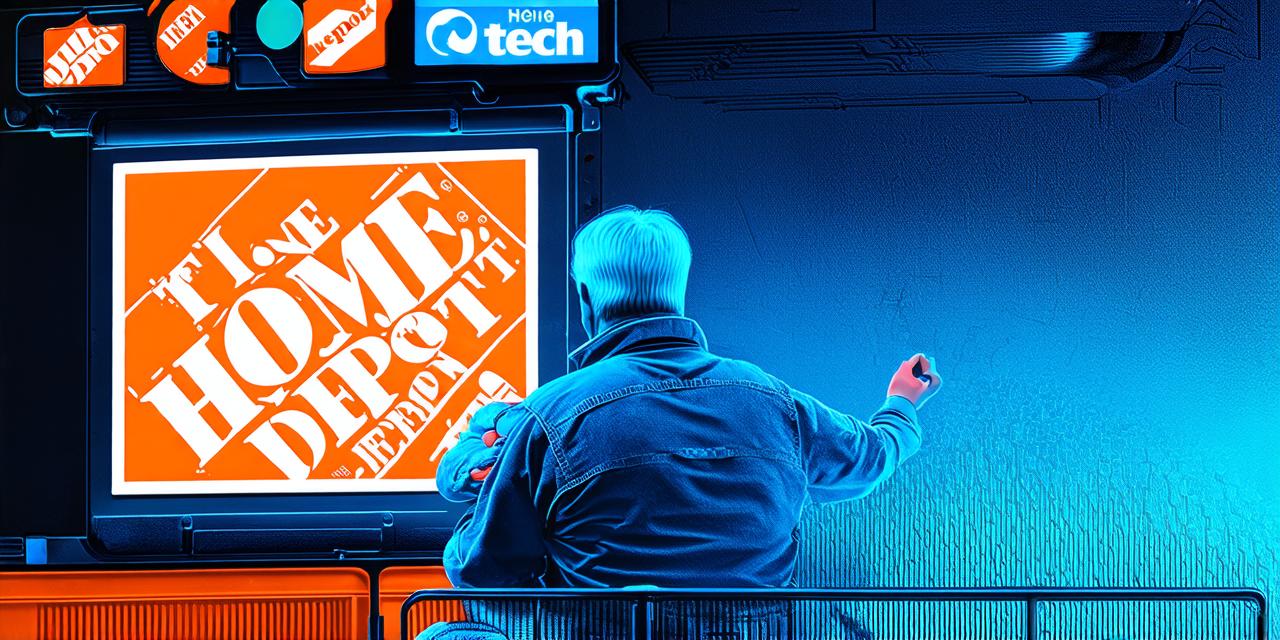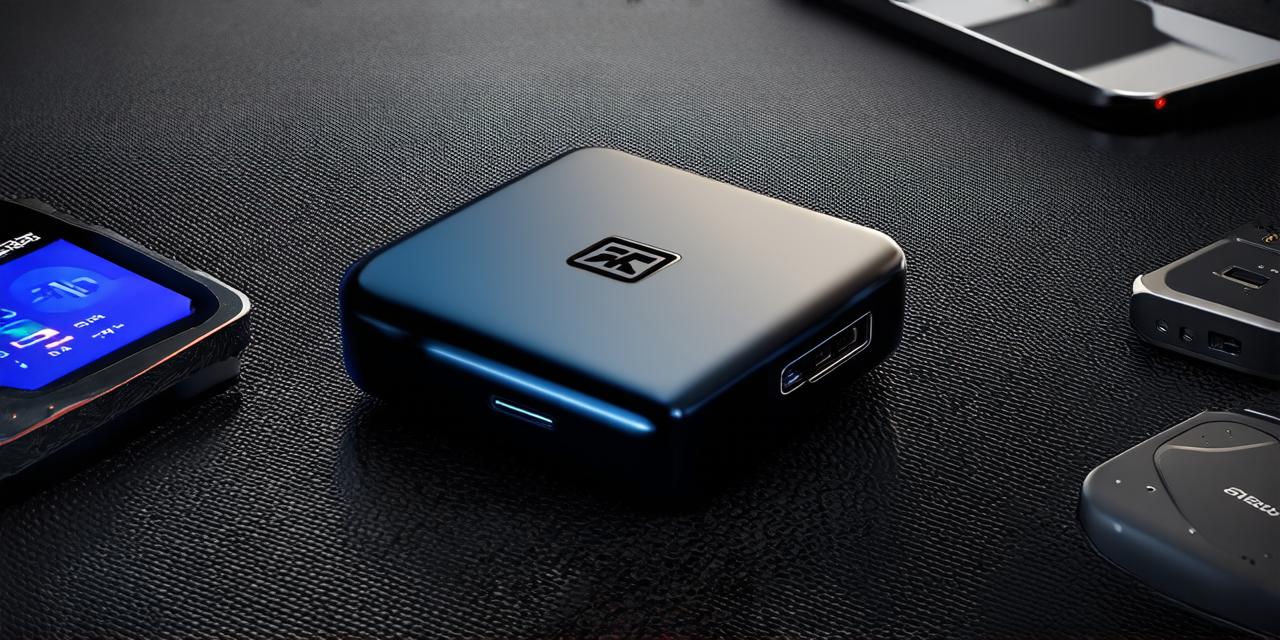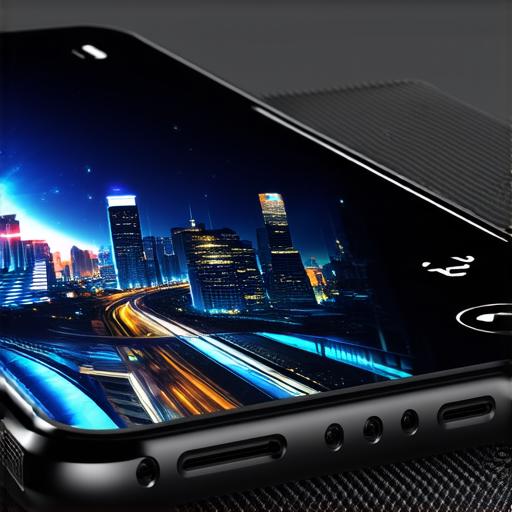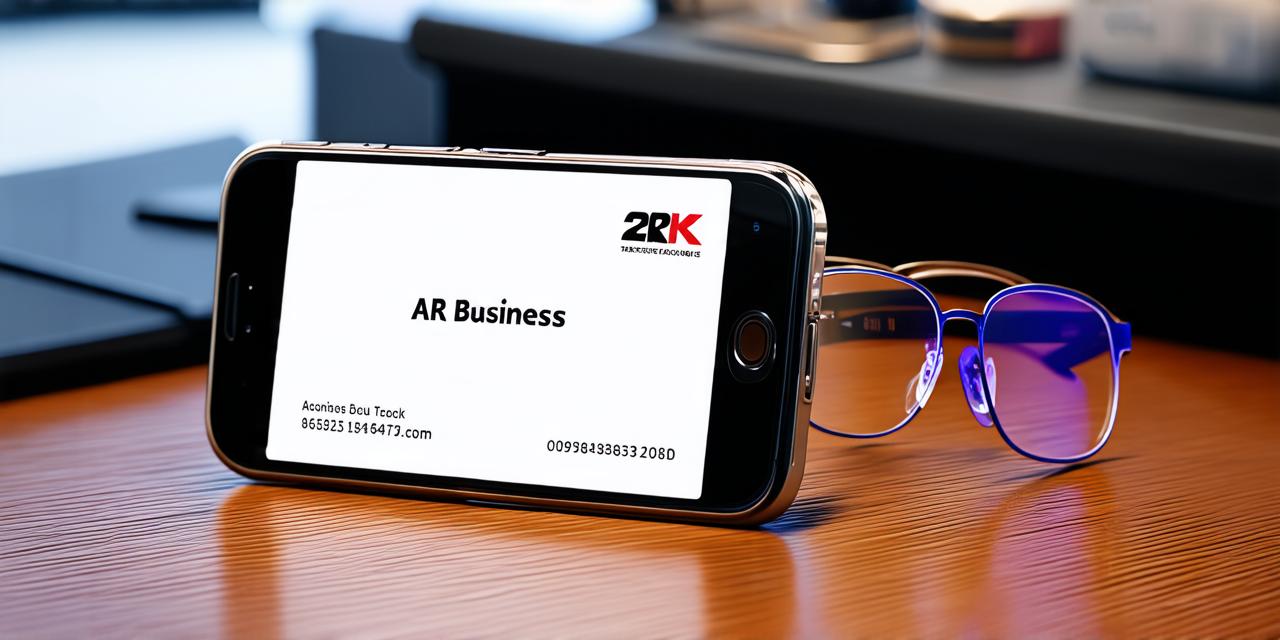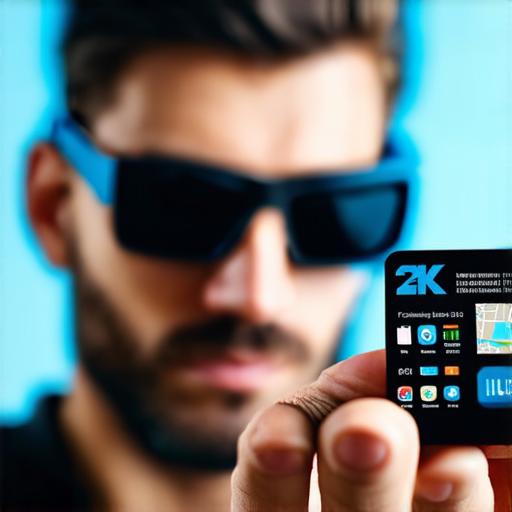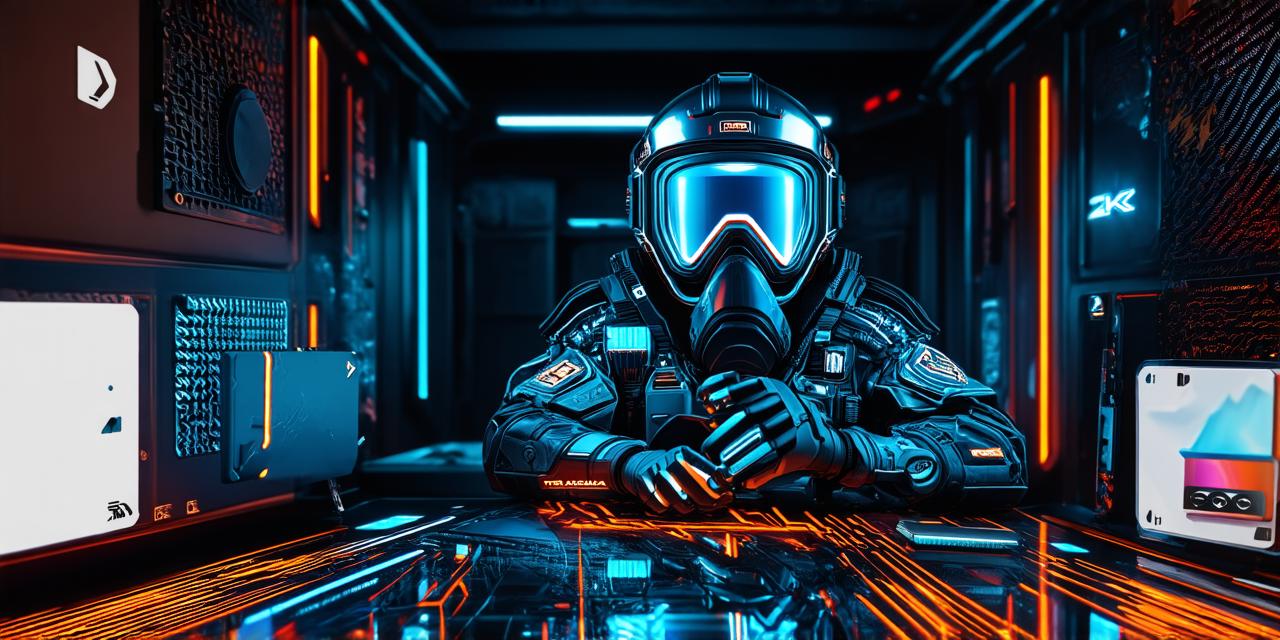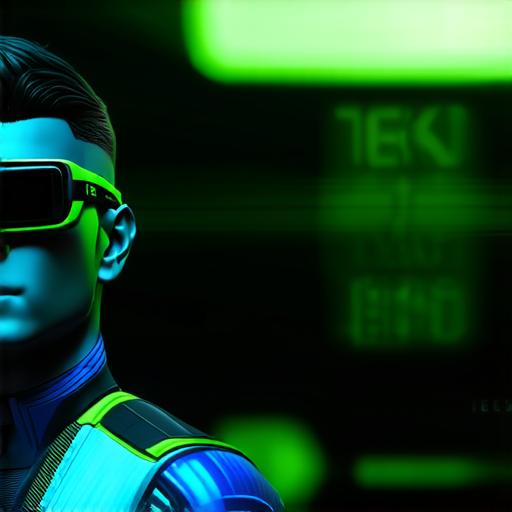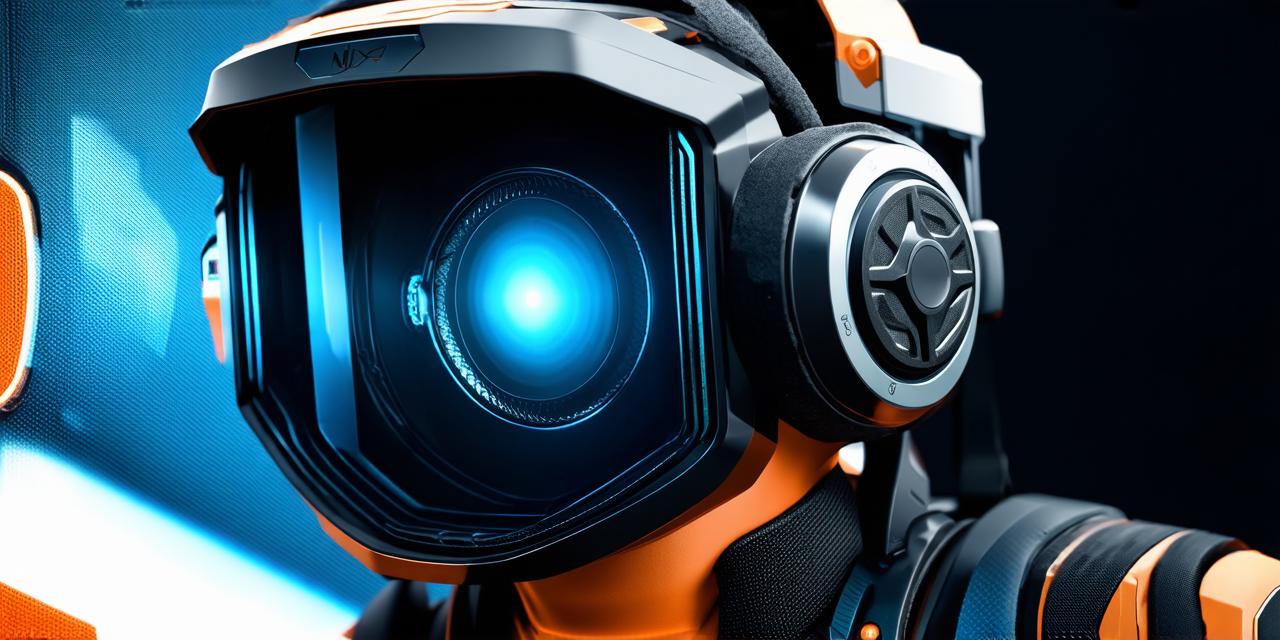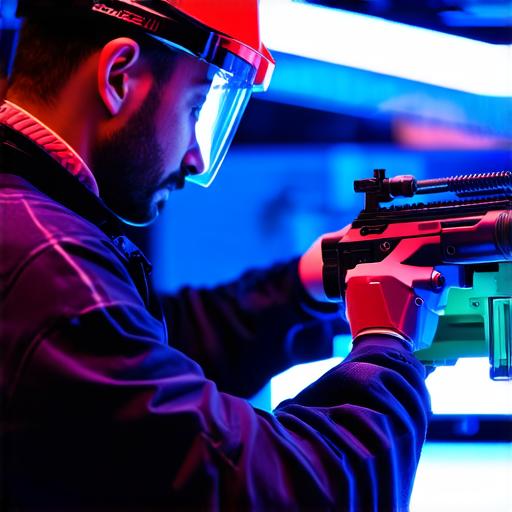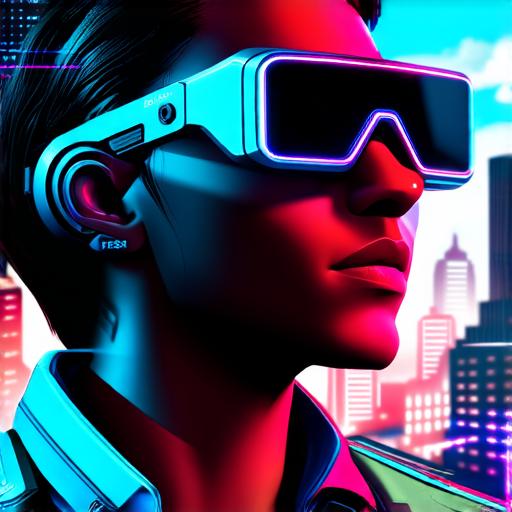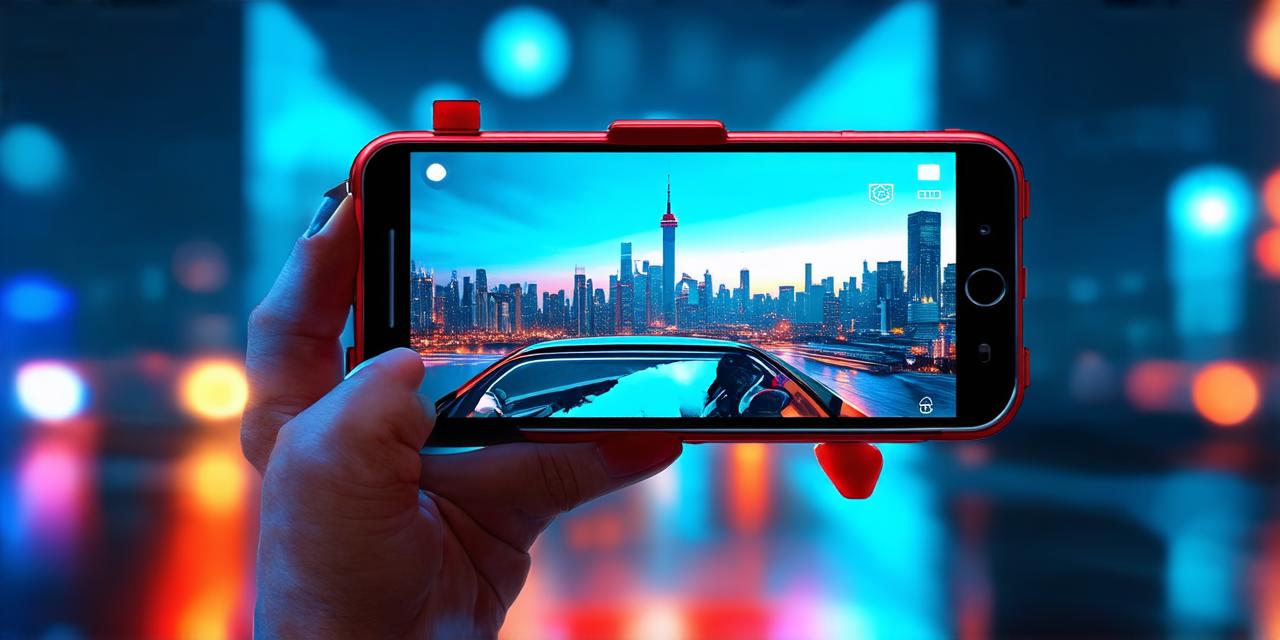Introduction:
Mercedes-Benz is a renowned luxury car manufacturer that has been producing high-quality vehicles since the early 20th century. In recent years, the company has also embraced augmented reality (AR) technology to enhance the driving experience and provide added value to its customers. AR technology allows drivers to overlay digital information onto the real world, providing them with valuable data and improving their overall understanding of the road ahead.
Which Mercedes Models Are Equipped with Augmented Reality?
Mercedes-Benz has integrated AR technology into several of its latest models, including the 2019 Mercedes-AMG GT C Coupe, the 2019 Mercedes-Benz A350e sedan, and the 2020 Mercedes-AMG S65. In these vehicles, drivers can use a smartphone app to access real-time information about the car’s performance, such as speed, fuel efficiency, and battery life, while also receiving alerts about potential hazards on the road.
The 2019 Mercedes-Benz A350e sedan is equipped with an AR display that provides drivers with a bird’s eye view of their surroundings. This feature allows drivers to see other vehicles, pedestrians, and obstacles in real-time, providing them with valuable information that can help them avoid collisions and improve their overall driving experience.
The 2019 Mercedes-AMG GT C Coupe is another model that features AR technology. This vehicle comes with an AR headset that provides drivers with a variety of information, including speed, fuel efficiency, and engine performance. The headset also allows drivers to access real-time data about other vehicles on the road, such as their speed and distance from the driver’s car.
The 2020 Mercedes-AMG S65 is yet another example of a Mercedes model that features AR technology. This vehicle comes with an AR display that provides drivers with information about their surroundings, such as the location of other vehicles, pedestrians, and obstacles in real-time. The display also allows drivers to access detailed information about the car’s performance, including speed, fuel efficiency, and engine performance.
How Developers Can Take Advantage of AR Technology in Mercedes Models
Mercedes-Benz has provided developers with a range of tools and resources that allow them to create engaging and interactive experiences for Mercedes drivers. For example, the Mercedes-Benz App Connect platform allows developers to create custom apps that can be integrated into Mercedes vehicles, providing drivers with access to a wide range of features and functionality.
One example of an app that has been developed using the Mercedes-Benz App Connect platform is the “Car Finder” app. This app allows drivers to search for Mercedes models based on their preferences, such as price, fuel efficiency, and performance. The app also provides drivers with detailed information about each model, including specifications, reviews, and photos.
Another example of an app that has been developed using the Mercedes-Benz App Connect platform is the “Mercedes-Benz AR Navigator” app. This app allows drivers to use their smartphone’s camera to view augmented reality overlays on the real world, providing them with information about their surroundings and helping them navigate the road more effectively.
Case Study: Mercedes-Benz and AR Technology in the Automotive Industry
Mercedes-Benz has been a leader in integrating AR technology into its vehicles, and this has had a significant impact on the automotive industry as a whole. By incorporating AR technology into its vehicles, Mercedes has created a more engaging and interactive driving experience for its customers, which has helped to differentiate the brand from its competitors.
Furthermore, the success of Mercedes-Benz’s AR technology has inspired other car manufacturers to follow suit, leading to a rapid growth in the adoption of AR technology within the automotive industry. As more and more car manufacturers embrace AR technology, we can expect to see even more innovative and engaging experiences for drivers in the future.
FAQs
1. Which Mercedes models are equipped with augmented reality technology?
The 2019 Mercedes-AMG GT C Coupe, the 2019 Mercedes-Benz A350e sedan, and the 2020 Mercedes-AMG S65.
2. How can developers take advantage of AR technology in Mercedes models?
Developers can use the Mercedes-Benz App Connect platform to create custom apps that can be integrated into Mercedes vehicles.

3. What is the Mercedes-Benz AR Navigator app?
The Mercedes-Benz AR Navigator app allows drivers to use their smartphone’s camera to view augmented reality overlays on the real world, providing them with information about their surroundings and helping them navigate the road more effectively.
4. How has Mercedes-Benz’s integration of AR technology impacted the automotive industry?
Mercedes-Benz’s integration of AR technology has created a more engaging and interactive driving experience for its customers, which has helped to differentiate the brand from its competitors. It has also inspired other car manufacturers to follow suit, leading to a rapid growth in the adoption of AR technology within the automotive industry.
Conclusion:
Mercedes-Benz has been at the forefront of integrating augmented reality technology into its vehicles, creating a more engaging and interactive driving experience for its customers. By equipping their models with AR technology, Mercedes has differentiated itself from its competitors and inspired other car manufacturers to follow suit. Developers can take advantage of this cutting-edge technology by using the Mercedes-Benz App Connect platform to create custom apps that can be integrated into Mercedes vehicles. As more and more car manufacturers embrace AR technology, we can expect to see even more innovative and engaging experiences for drivers in the future.



